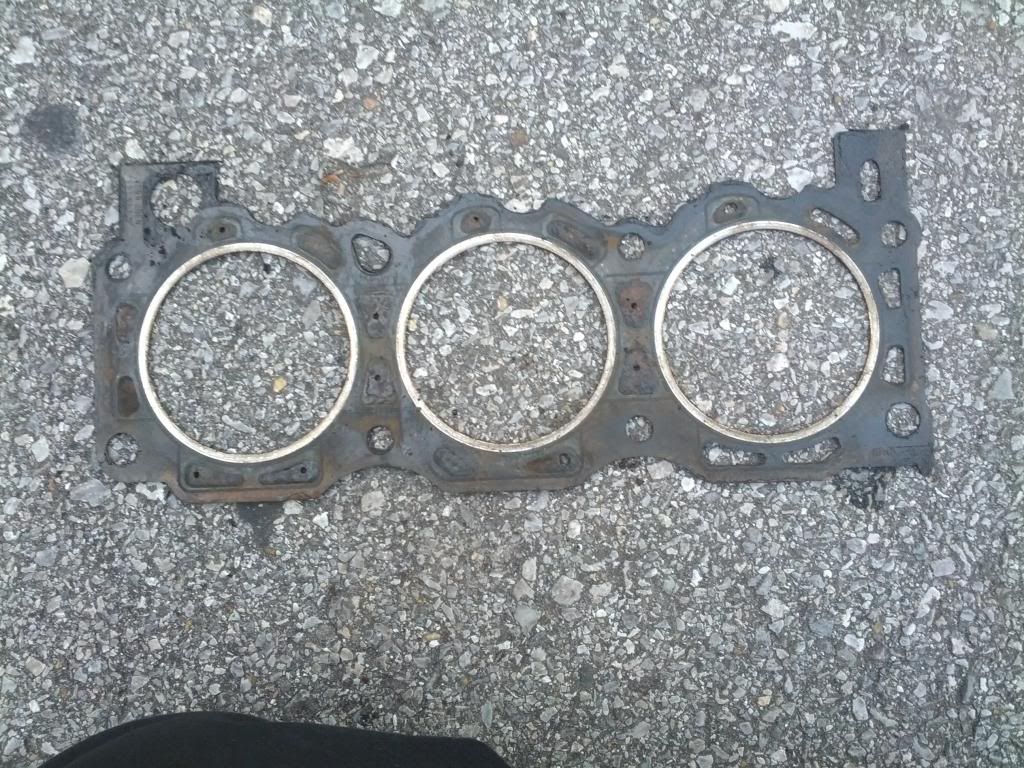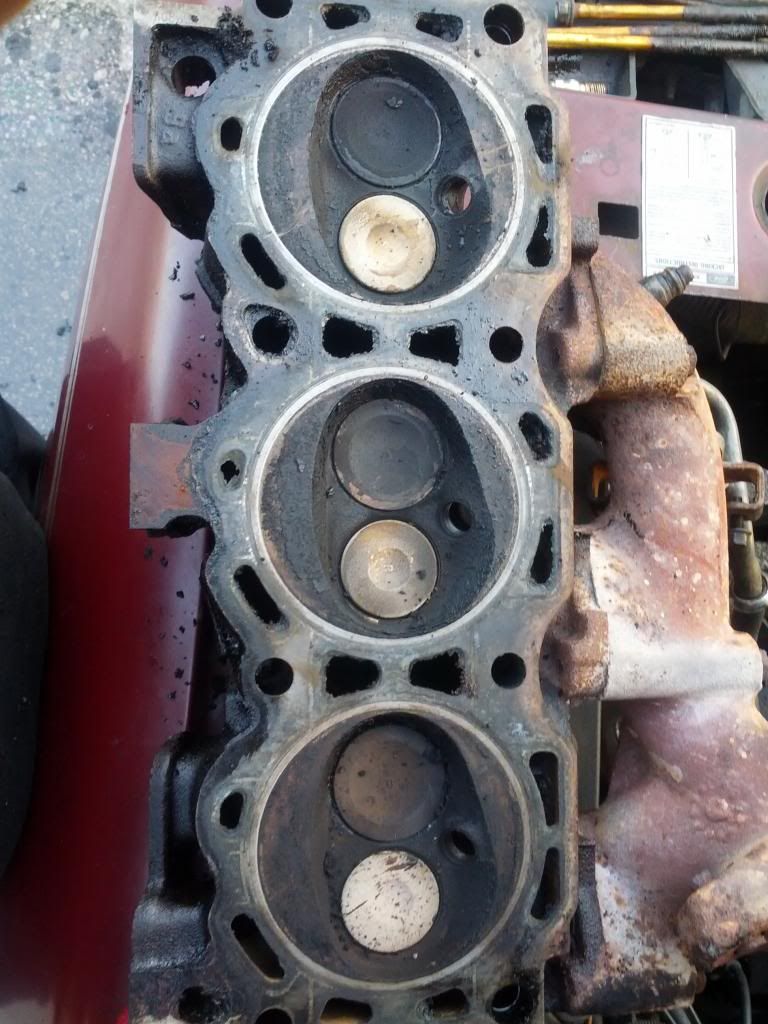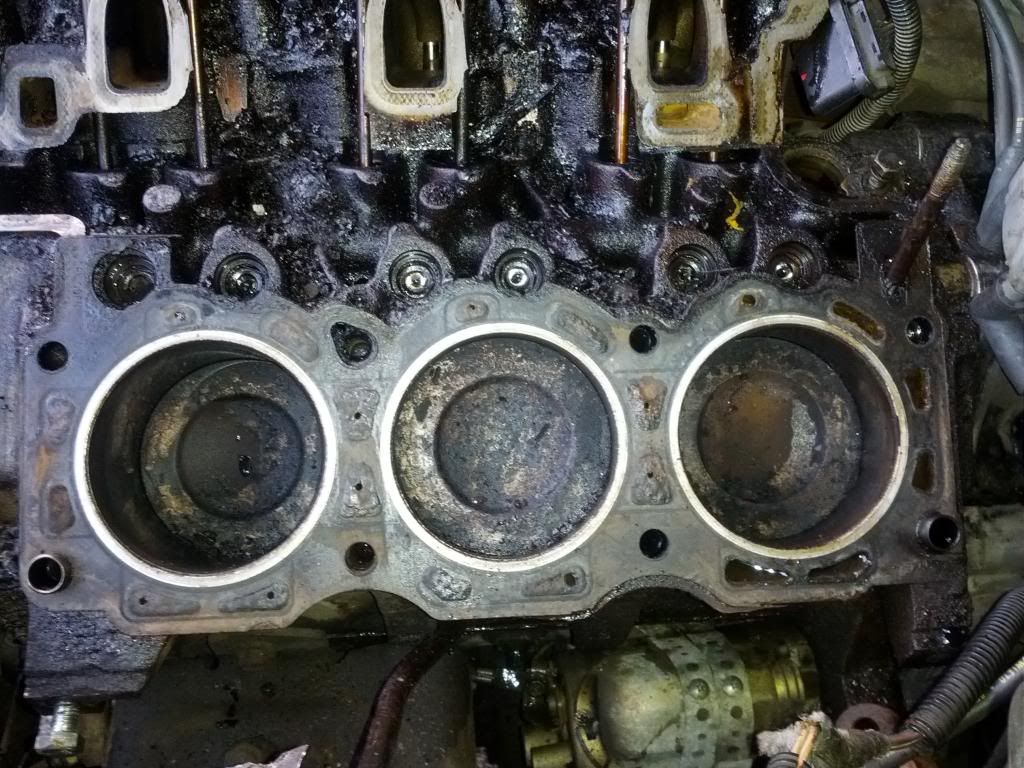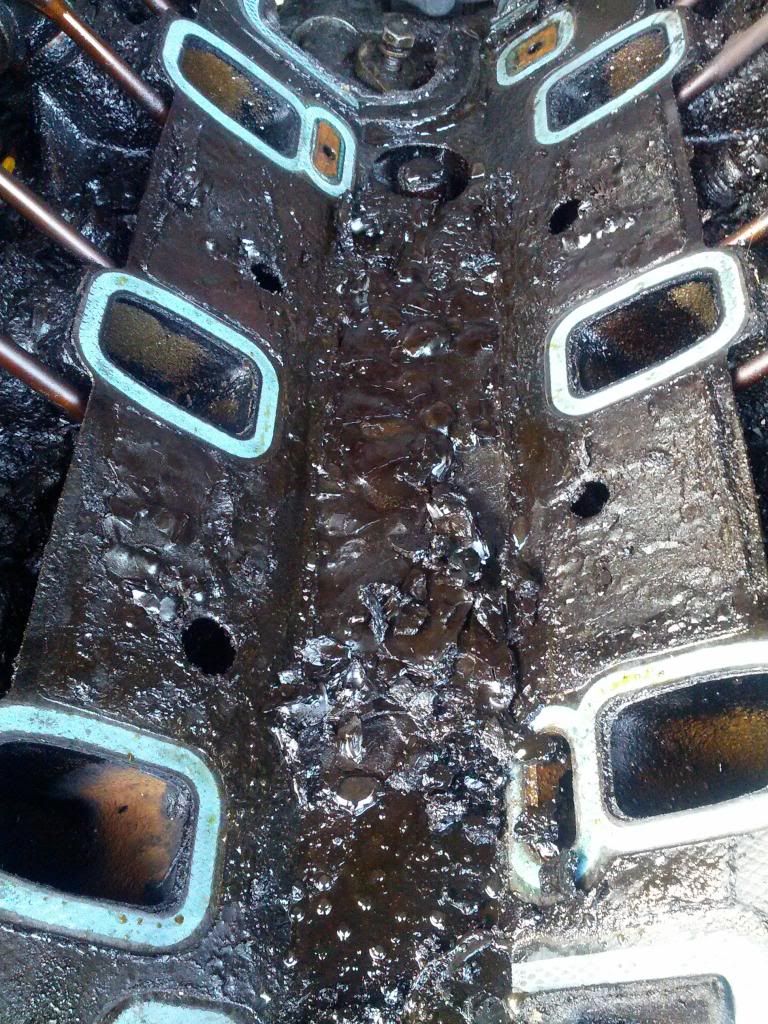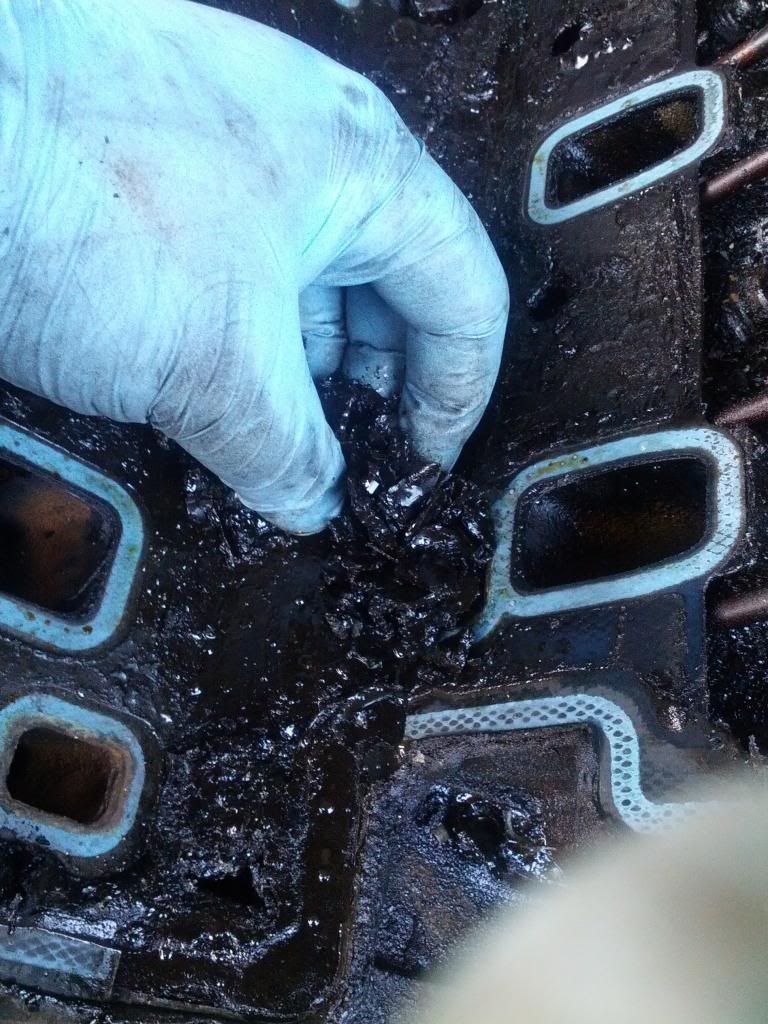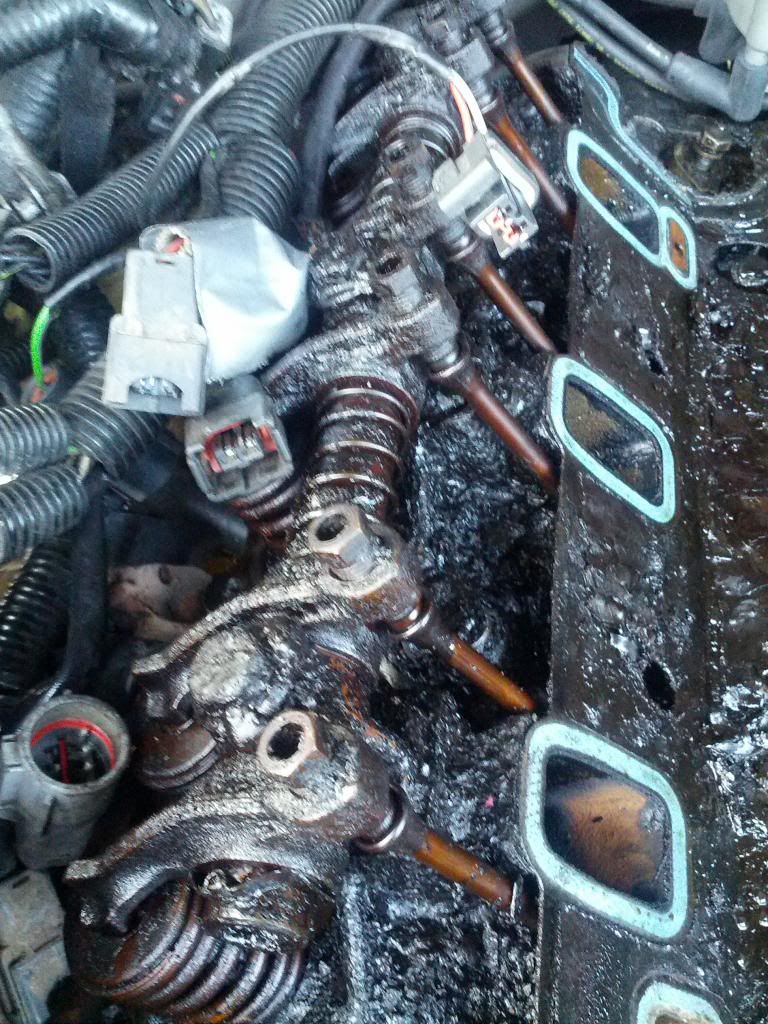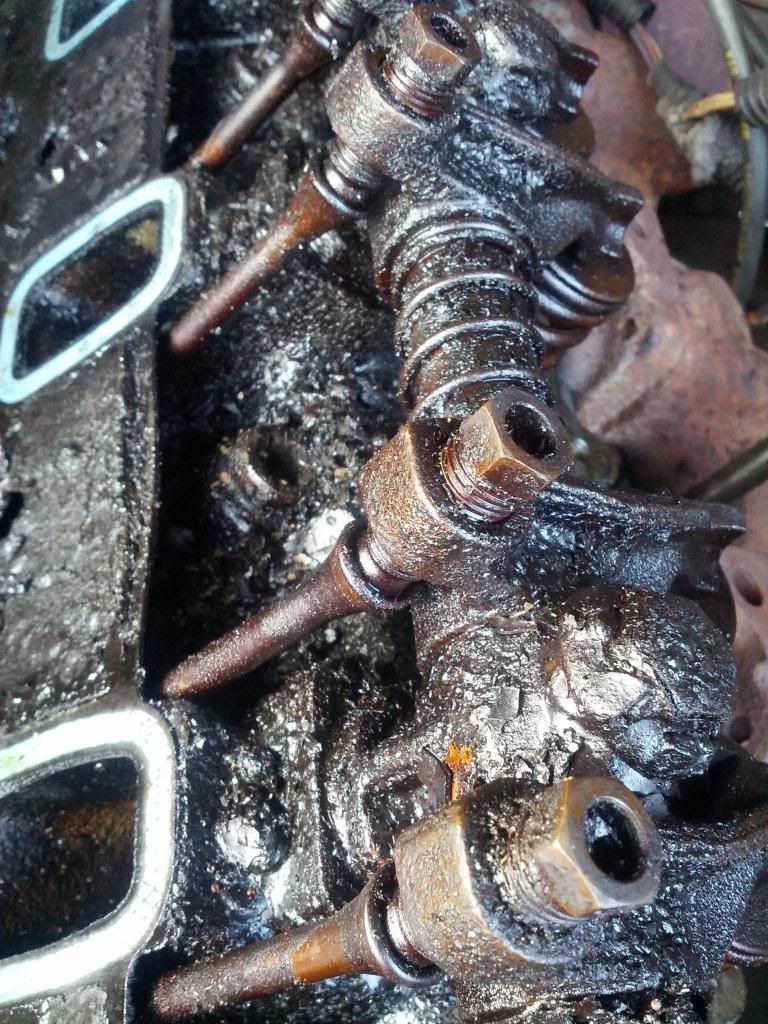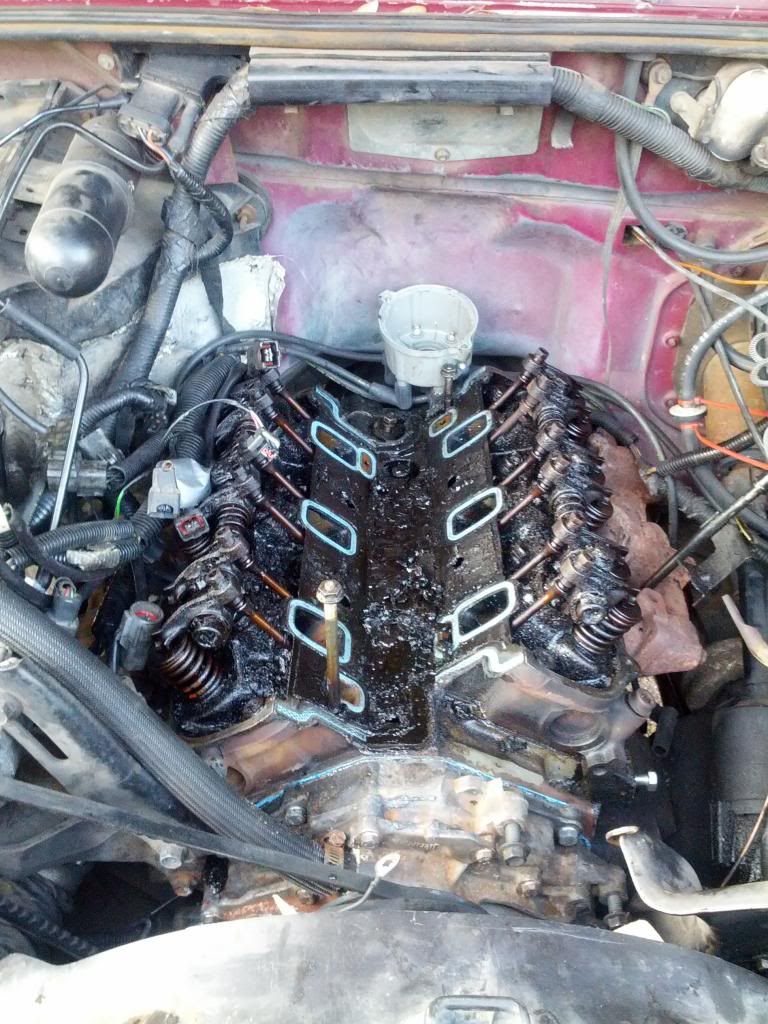aeidian
New Member
- Joined
- Oct 7, 2010
- Messages
- 127
- Reaction score
- 0
- Points
- 0
- Vehicle Year
- 1989
- Make / Model
- Ford
- Transmission
- Manual
I've got water in the oil when I drain it, and no oil pressure after its warmed up and knocking on top of the motor. Doesn't sound like a rod, maybe a lifter, I don't know. I ran a compression test on the drivers side cylinders, 160-180-100. Didn't do the passenger side, figured it was ****ed too. Its something wrong with the head, obviously. I want to pull the heads and look, but is this even possible that its just a head gasket or is it something worse like bearings or rings?
Sent from my Galaxy Nexus using Tapatalk 4 Beta
Sent from my Galaxy Nexus using Tapatalk 4 Beta

